The following two tabs change content below.


Greg Lee
Hi, my name is Greg Lee. I'm the creator of the Color Score Professional/Visual Chord Learning System. I love to share ideas and concepts about piano and keyboard playing in all styles of music. I believe the key to learning is having fun and making complicated things simple with visual tools and illustrations.
Latest posts by Greg Lee (see all)
- What is a minor/Major 7 Chord? - October 26, 2023
- 7 Chord Substitutions that Professionals Use - October 19, 2023
- 5 Simple Chord Tricks to Sound Amazing - October 5, 2023


 In this article, we're going to look at a chord cycle in which we play two consecutive chords. The Dominant 7 to the minor 7. We're going to utilize the circle of 5ths as our pathway to cycle through this progression. The circle of 5ths can represent many aspects of music but in this article, we're going to simply utilize it to guide us to what chords to play.
In this article, we're going to look at a chord cycle in which we play two consecutive chords. The Dominant 7 to the minor 7. We're going to utilize the circle of 5ths as our pathway to cycle through this progression. The circle of 5ths can represent many aspects of music but in this article, we're going to simply utilize it to guide us to what chords to play. An example of two chords that sound really good as you progress through any chord progression, is the Dominant 7 to the minor 7.
An example of two chords that sound really good as you progress through any chord progression, is the Dominant 7 to the minor 7. Without getting into a lot of details about dominant 7th chords, I'll quickly demonstrate that the quickest way to build one is to just locate the note that is a whole step below the root of a Major triad. In the card above, C Major is our example and B flat is our dominant 7th tone. Notice that you can play it anywhere on the keyboard.
Without getting into a lot of details about dominant 7th chords, I'll quickly demonstrate that the quickest way to build one is to just locate the note that is a whole step below the root of a Major triad. In the card above, C Major is our example and B flat is our dominant 7th tone. Notice that you can play it anywhere on the keyboard.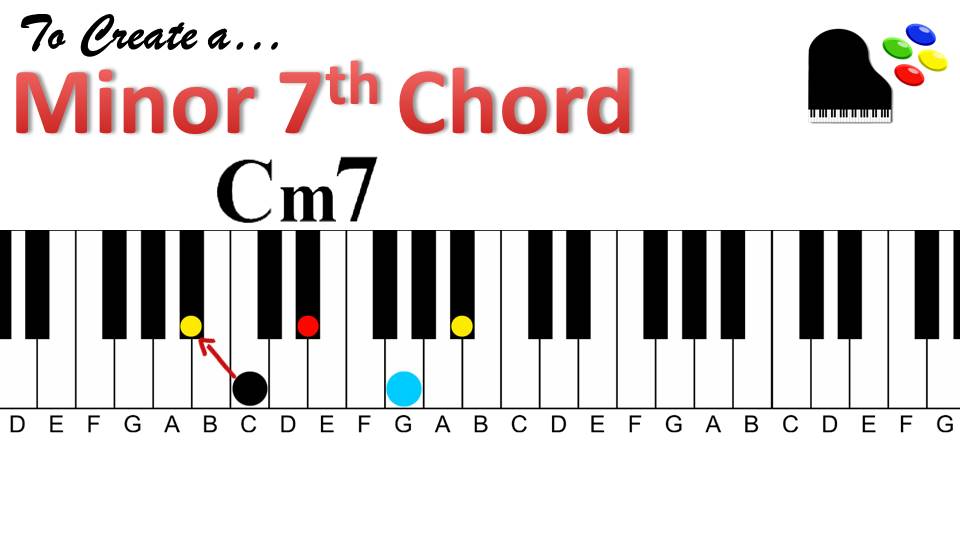 Creating a minor 7 chord is exactly the same as creating the dominant 7th chord. You're just adding the same flatted 7th tone to a minor chord.
Creating a minor 7 chord is exactly the same as creating the dominant 7th chord. You're just adding the same flatted 7th tone to a minor chord.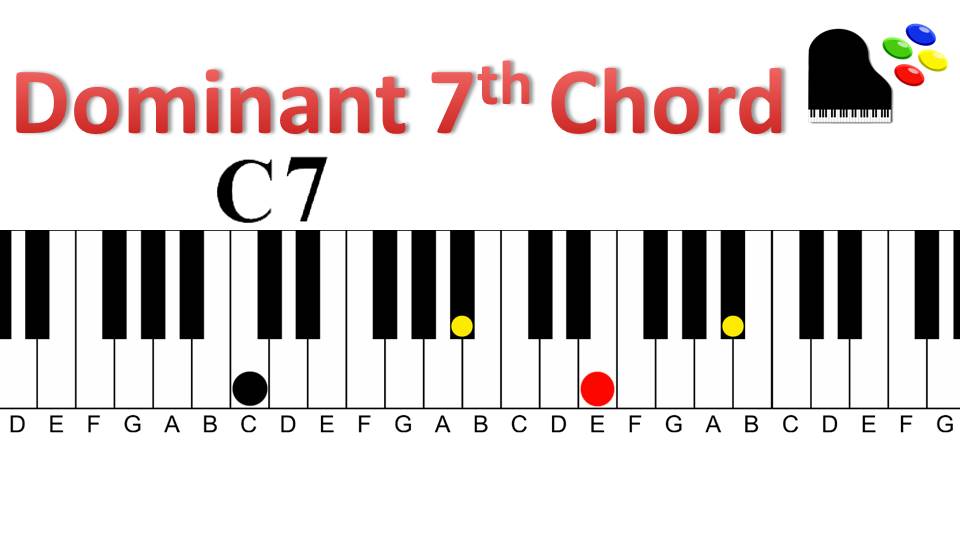 We're going to start out with C7 and voice it by playing the root in the left hand and the flatted 7th (B flat) in octaves in our right hand. The third (E) is played in the middle. Notice that the 5th (G) is being omitted. You can achieve a much more satisfying sound by leaving out notes such as the 5th for a more open voiced sound.
We're going to start out with C7 and voice it by playing the root in the left hand and the flatted 7th (B flat) in octaves in our right hand. The third (E) is played in the middle. Notice that the 5th (G) is being omitted. You can achieve a much more satisfying sound by leaving out notes such as the 5th for a more open voiced sound.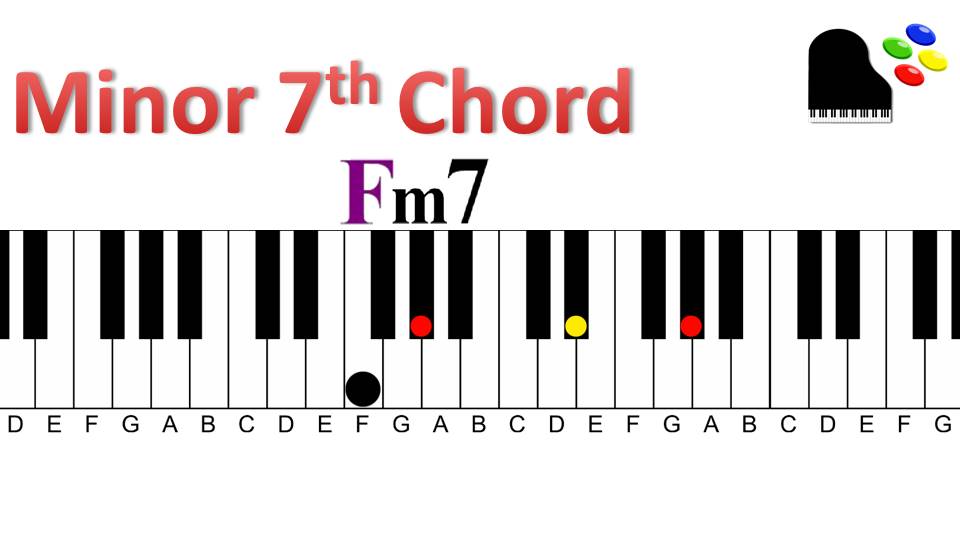 Now we're going to cycle to the F minor 7 chord. Our left hand has moved from C to F. In our right hand, we've moved down from the B flat to A flat. The E has moved down from E to E flat. So now the minor third is being played in octaves and the flat 7th is in the middle.
Now we're going to cycle to the F minor 7 chord. Our left hand has moved from C to F. In our right hand, we've moved down from the B flat to A flat. The E has moved down from E to E flat. So now the minor third is being played in octaves and the flat 7th is in the middle.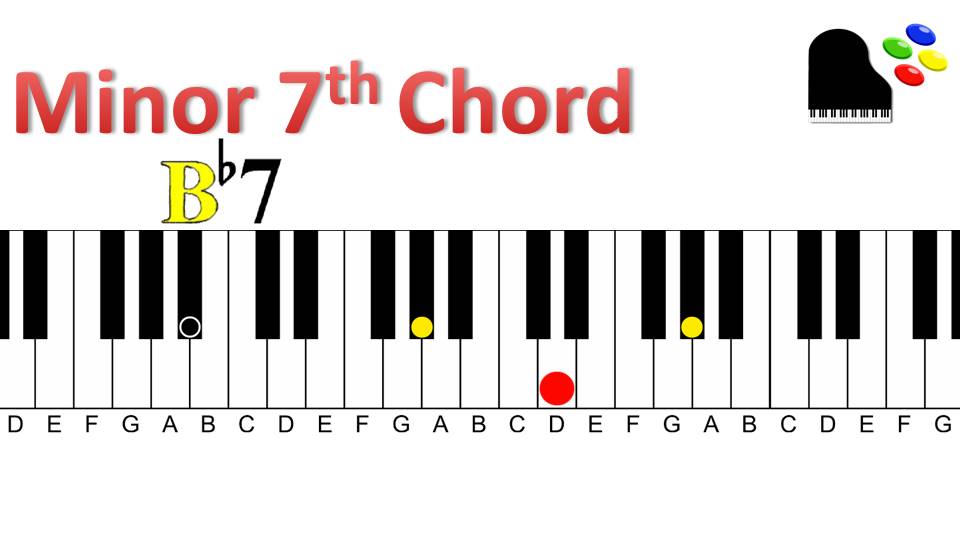 As we cycle through our progression, we now have the same structure that we started on. We're now on the B flat 7 chord. The dominant 7th is being played in octaves in the right hand with the 3rd in the middle.
As we cycle through our progression, we now have the same structure that we started on. We're now on the B flat 7 chord. The dominant 7th is being played in octaves in the right hand with the 3rd in the middle.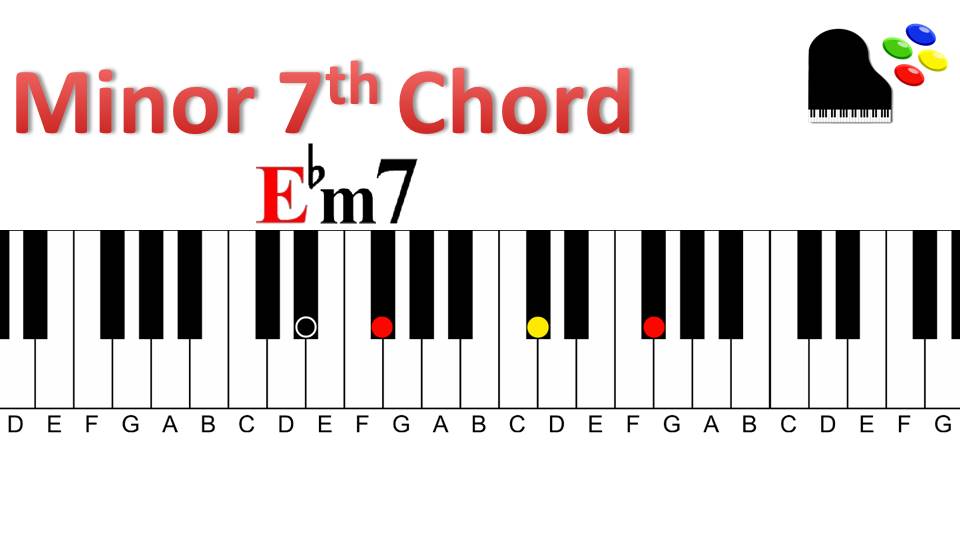 Again we're moving through the circle of 5ths to the E flat minor 7 chord where the structure is the same as before. As you can see, we're only playing two different chords as we cycle through all 12 different possibilities.
Again we're moving through the circle of 5ths to the E flat minor 7 chord where the structure is the same as before. As you can see, we're only playing two different chords as we cycle through all 12 different possibilities.